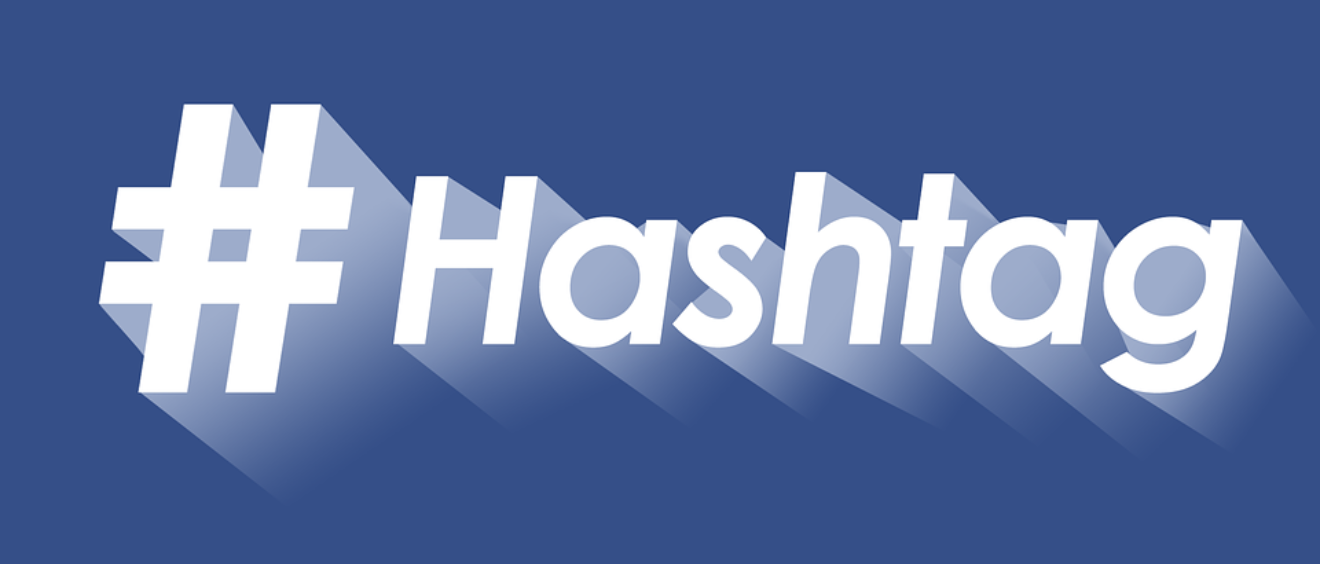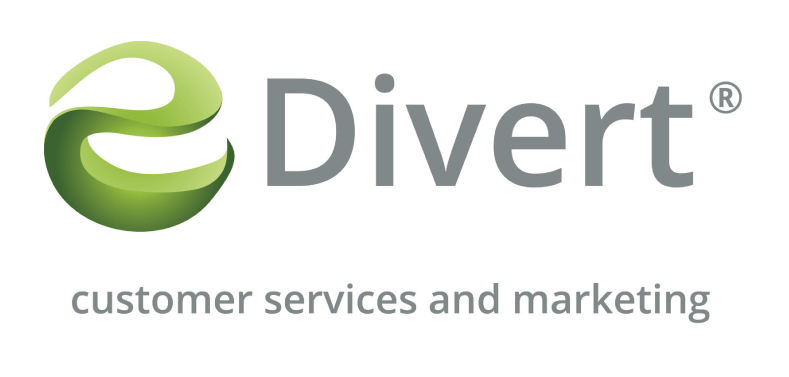
USEFUL TIPS ON HOW TO USE THE #HASHTAG IN SOCIAL MEDIA PLATFORMS.
The hashtags big break was in 2007, originally invented by Chris Messina adding tags to where he was tweeting from and what it was about, but it wasn’t until the San Diego forest fire when the hashtags really took off. In 2013 Facebook began to allow the use of the hashtag which is used in a similar way to twitter hashtags.
The # symbol, called a hashtag, is used to mark keywords or topics in a Tweet. When hashtags first started being used, it was a very organic process that worked simply because of a group mind-set that people like to categorize topics and this was one way to make it easier to do so. Now that they are so common, they really only show up spontaneously if there’s a breaking news item. Otherwise, they’re used to promote, praise, or pan people, brands, events and anything else people want to discuss. Anyone can make a hashtag at any time, simply by typing a phrase of the form “#topic” in a tweet. Many television shows have embraced the hashtag revolution. TV shows regularly appear in the Twitter trending topics during prime time. Special events such as awards shows and reality TV shows are especially popular for live tweeting and becoming a trending topic could compel people to tune in.
How do I create my own hashtag?
Hashtags are a crucial part of social media marketing. But you have to use them in the right way! We decided to put together a little guidance about the do’s and don’ts of hashtags on 4 social networks:
- Google+
We will now break it down how we use a #hashtag in all different social media platforms.
How to use #hashtags on Twitter.
Twitter is what started the hashtag craze. Tweets with a hashtag get double the engagement vs. tweets without them. Which is reason enough to give them a try! People use the hashtag symbol # before a relevant keyword or phrase (no spaces) in their Tweet to categorize those Tweets and help them show more easily in Twitter Search.
– Make sure there are no spaces or punctuation in the words following the hashtag, as it will break the link.
– Hashtags can occur anywhere in the Tweet – at the beginning, middle, or end.
– Hashtagged words that become very popular are often Trending Topics.
– If You Tweet with a hashtag on a public account, anyone who does a search for that hashtag may find your Tweet.
– Tweets are restricted to 140 characters, so you don’t want a hashtag taking up 50% of the letters in your tweet. There is however no limit to Facebook post lengths, but keep them short to avoid annoying your fans and friends.
– Don’t #spam #with #hashtags. Don’t over-tag a single Tweet. It is recommended to use no more than 2 hashtags per Tweet.
– Use hashtags only on Tweets relevant to the topic.
How to use #hashtags on Instagram.
You can make it easier for people who don’t follow you on Instagram to find your content by using hashtags. Hashtags make your Instagram images and video more discoverable.
While hashtags originated on Twitter, they quickly became part of other social media channels. At this point, Instagram hashtag density tends to be much greater than Twitter’s because companies realize the success of their Instagram marketing depends on proper hashtagging. The hashtags help organize and categorize images and video content, which aids the process of content discovery and optimization on Instagram.
– As a general rule, every image and video your business uploads to Instagram should include a short caption. While you can include up to 30 hashtags, consider using no more than three to five hashtags.
– Failure to use hashtags renders Instagram content virtually private. On the other hand, using the right hashtags helps put your content in front of people searching for keywords and phrases associated with your brand or business.
– Social media marketers can take advantage of hashtags to increase their reach as long as they choose hashtags carefully and don’t overuse them.
– Choosing specific tags will help you connect with other like-minded people on Instagram.
– Relevant tags will help you attract new followers who will take a genuine interest in your photos and continue liking and commenting on your photos over time
– Pay attention to the other hashtags used on photos that use the same tag as yours. You may discover a popular hashtag you hadn’t thought of on your own.
Regular Instagram users see hashtags as tools for improving the network experience, whereas online marketers see the potential for building communities, increasing brand recognition and extending business reach.
How to use #hashtags on Facebook.
Facebook announced in 2013 that it incorporated hashtags as a way of bringing conversations about public events, people, and topics to the forefront.
However, Eric Convino, founder of Creative Signals and an SEO expert said “Facebook is a more intimate, person-to-person sharing environment, Twitter is less intimate to one’s ‘circle’ of family and friends. When you understand that Facebook is designed around a closer knit personal community than Twitter is, it isn’t hard to make the leap to where hashtags do not really make sense on Facebook,” he explains. “Facebook is a repository of someone’s life where Twitter is like a thought-stream, at least in terms of usage. The primary use of hashtags – for brands to promote products, companies to promote events, and users to immerse themselves publicly in a conversation about a topic – plays much better to the accepted use of Twitter,” Covino says.
So, to sum up: We’re simply not interested in directly communicating with brands on Facebook like we do on Twitter – or in talking to real people like we talk to brands. Still, if you decide to use #hashtags on Facebook you can use the following guidance below:
– Start using strategic hashtags in your public Facebook posts (profile and page). Others will see your hashtags as clickable links.
– Each hashtag on Facebook has its own unique URL with a status update box at the top. Drive traffic to that URL from other sites to spark more conversation.
– Include hashtags even when posting on mobile. Hashtags don’t work in exactly the same way on a mobile, but they are searchable and clickable.
– Use #hashtags to start a conversation with a group. Every word you make into a hashtag will be grouped into its own status update box!
– Think about your industry and target market, and the types of hashtags you use on other social networks.
– Use tags in trending topics related to your industry.
– Capitalize the #FirstLetterInEachWord of your hashtag to make it more readable.
– Don´t overdo your post with hashtags, 1 – 2 is more than enough.
How to use #hashtags on Google+
Google+ launched in June 2011. Features included the ability to post photos and status updates to the stream or interest based communities, group different types of relationships (rather than simply “friends”) into Circles, a multi-person instant messaging, text and video chat called Hangouts, events, location tagging, and the ability to edit and upload photos to private cloud-based albums. It is an interest-based social network that is owned and operated by Google Inc.
When Google+ started supporting hashtags, the news was met with some skepticism. People wondered if Google+ was blindly following Twitter and Facebook.
On the surface, Google+ hashtags look much the same as they do on other social networks. Just as you would on Twitter or Facebook, you construct a hashtag in a Google+ post or comment by typing the pound (aka number) sign “#” followed immediately by the text you want for the hashtag. The hashtag must be all one-word, with no spaces.
What you need to remember to use # correctly on Google+:
– Pair your hashtags with images! Photo-sharing is the most popular activity on Google+, so make sure you are including photos and other images complemented by appropriate hashtags to give your posts the best opportunity to be viewed by the most people.
– Set a realistic goal of using 2-3 hashtags per post. You want to cast a wider net than you would with only one hashtag, but using too many can muddy the waters and detract from the message you aim to send.
– Include hashtags when you post to communities. This is the best way to foster and track the conversations you initiate and participate in.
– Take advantage of trending hashtags that are pertinent to your content. This is a good way to gain additional followers, provided the hashtag you are using really does connect to the content you are sharing. It can also be a great way to come up with new content that fits.
– Run hashtag-connected campaigns and track metrics related to those campaigns. This is how you will be able to refine and improve your Google+ hashtag-use in the future.
We hope you’ve found this information useful and that it will help you use the #hashtag correctly on your social media platforms. Correct use will improve your lead generation and gives you a maximum result of growing your followers, likes and connections. If you have any questions we are currently offering a free review on any of your social media platforms until the end of March 2016. Please feel free to contact us on info@eDivert.co.uk or check out our website www.eDivert.co.uk for more information.


